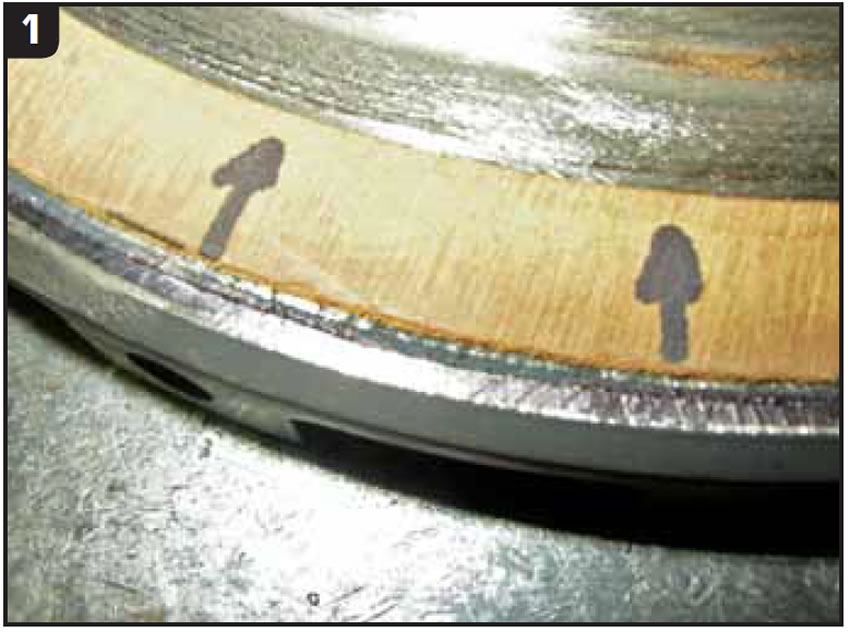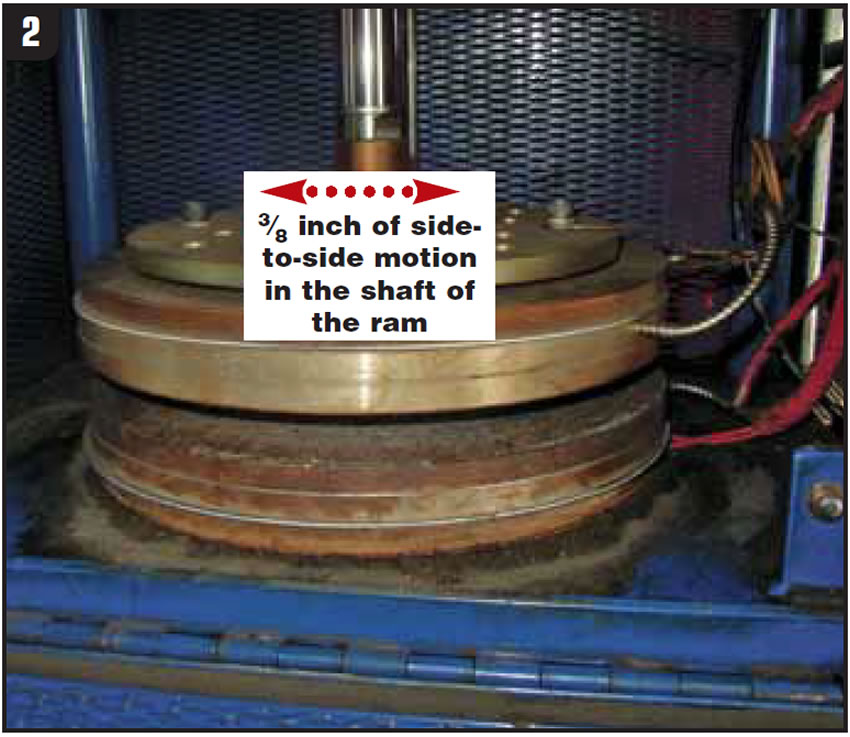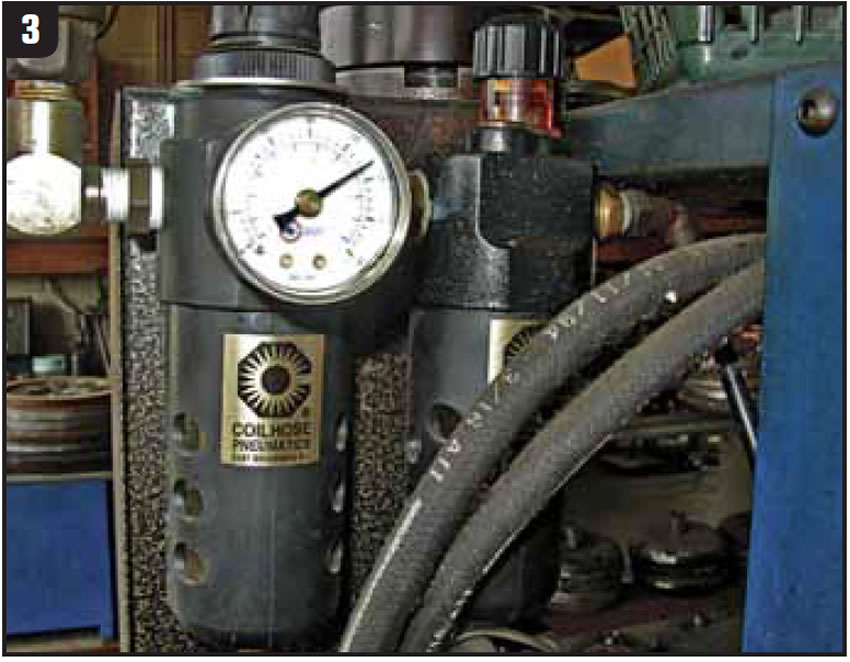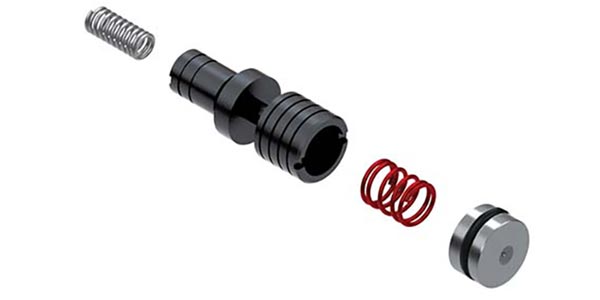
Torque Converter Tech Tips
- Author: Ed Lee
For several decades the importance of the torque-converter centerline has been hammered home by Don Randolph of DACCO Inc. Don’s sentiments on this subject have been echoed by the torque-converter original-equipment manufacturers (OEMs). In fact, every OEM torque-converter print starts with a true axial centerline, which serves as the reference point for all axial measurements.
Robert Nankervis, owner of Nan Torque Converters in Belford, N.J., has been aware of the importance of the torque-converter centerline for some time. Robert’s watchful eye for centerline issues drew his attention to some lockup frictions that were slightly off center. Since all their clutch bonding was done in house, he began to examine their bonding process.
The technician responsible for the bonding process assured Robert that the TCC pistons were properly prepared and the friction material was properly centered on the piston when they entered the bonder. Robert decided to recheck the time, temperature and air-pressure parameters and bond the next run of pistons himself. When he was satisfied that everything was correct, he began the new bonding run. The first couple of clutches that came out of the bonder had the friction material centered properly, but after that the friction material was slightly off center. A closer inspection of the clutch showed a wider glue stain on one side, suggesting that the friction material was being pushed to the side (Figure 1).

Robert was now convinced that the problem was in the bonder. He allowed the bonder to cool and then started his inspection. The first thing he looked at was the bonder plates. The bonder plates were tightened properly and the mating surfaces were parallel. He next turned his attention to the bonder dies and the piston ram. The dies were removed from the bonder, the ram was stroked to its downward-most position, and the air pressure was released from the cylinder. At this point Robert discovered that there was almost 3/8 inch of side-to-side motion in the shaft of the ram (Figure 2). This movement was caused by a worn lower bushing.

There are two important things to note: 1) while there was air pressure in the cylinder, the piston held the shaft and no side-to-side motion could be felt, and 2) the air pressure remained on the up side of the piston so there was no telltale leak at the worn bushing. As the adhesive turned to a liquid (the flow zone) the friction material would slowly shift from left to right. A new cylinder was bought from a local supplier and the off-center problem went away.
There are a few good reasons to make sure that the friction material is centered properly on your TCC piston. First, the piston and damper assembly can be balanced more easily if the friction material is centered. If the friction material is bonded off center, Robert will mount the piston or damper assembly in the lathe and trim the inside and outside diameters to make them true. Second, the TCC application will function much better if the friction material is centered. The normal operating stresses of the torque converter force the pilot area of the cover forward, making the reaction surface of the cover taper inward. Properly centered friction material will contact the reaction surface of the cover evenly and conform to the mating surface, resulting in a smooth TCC application. When the friction material is off center, the TCC application is quite different. The edge of the friction material that is the farthest from the centerline touches the reaction surface first, and lockup does not apply smoothly.
Remember to maintain your bonder properly by making sure that 1) a vapor separator is in the air supply line and 2) an air lubricator with the correct lubricant, maintained to the proper level, is also in the air supply line (Figure 3).

Special thanks to Robert Nankervis from Nan Torque Converters in Belford, N.J., for recognizing this problem, finding the root cause, supplying the technical information and pictures for the article and, most important, sharing his finding with the rest of the industry.

Ed Lee is a Sonnax Technical Specialist who writes on issues of interest to torque-converter rebuilders.
Sonnax supports the Torque Converter Rebuilders Association. Learn more about the group at www.tcraonline.com.













